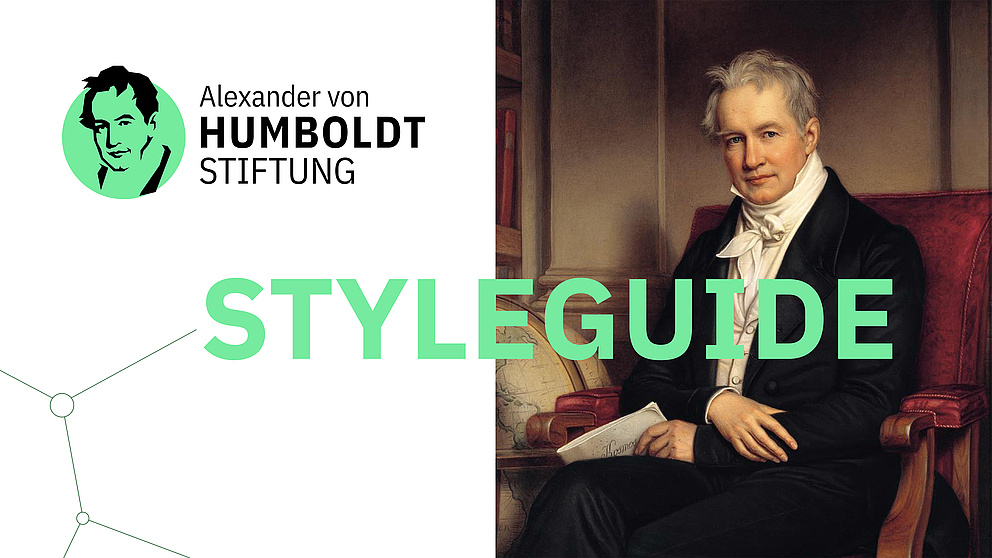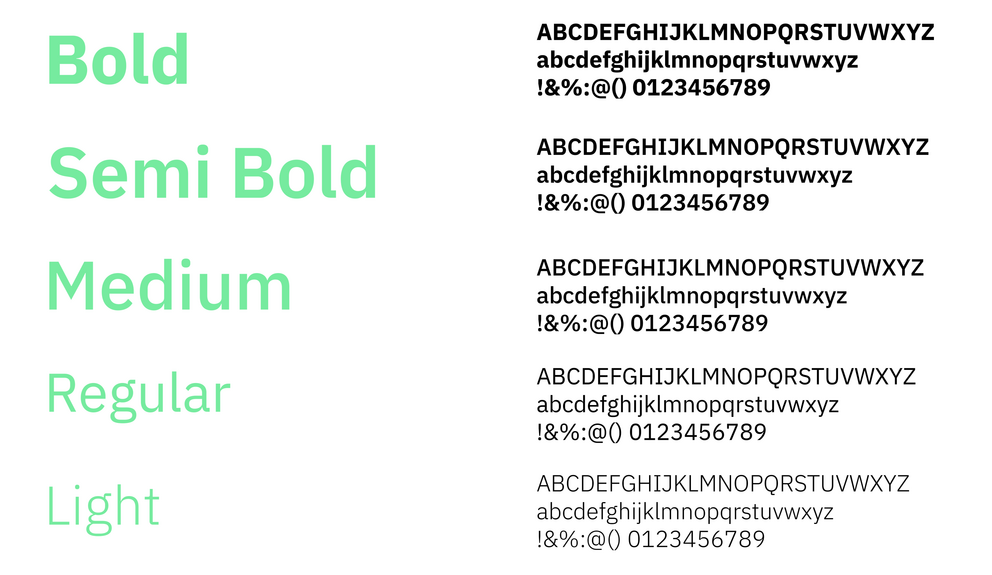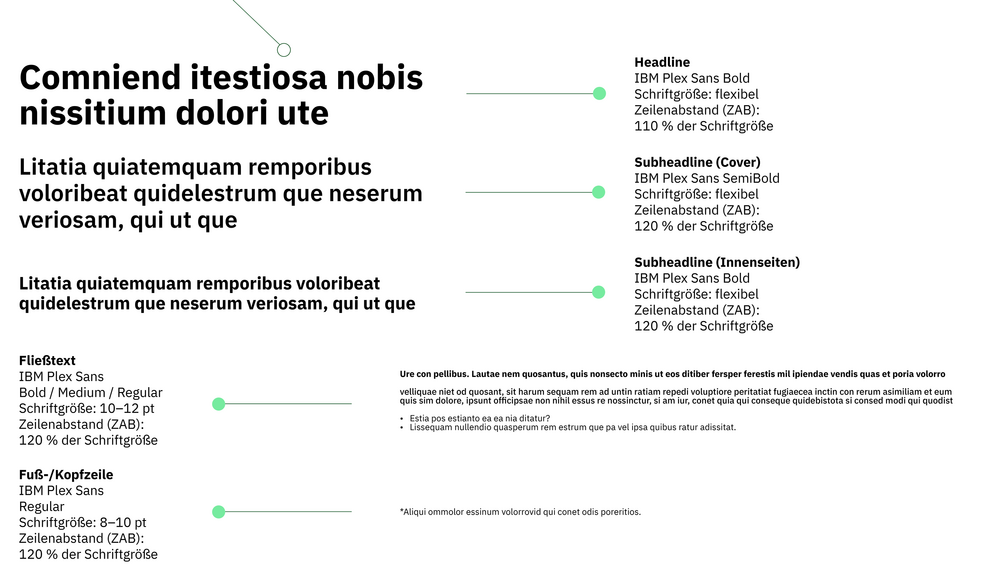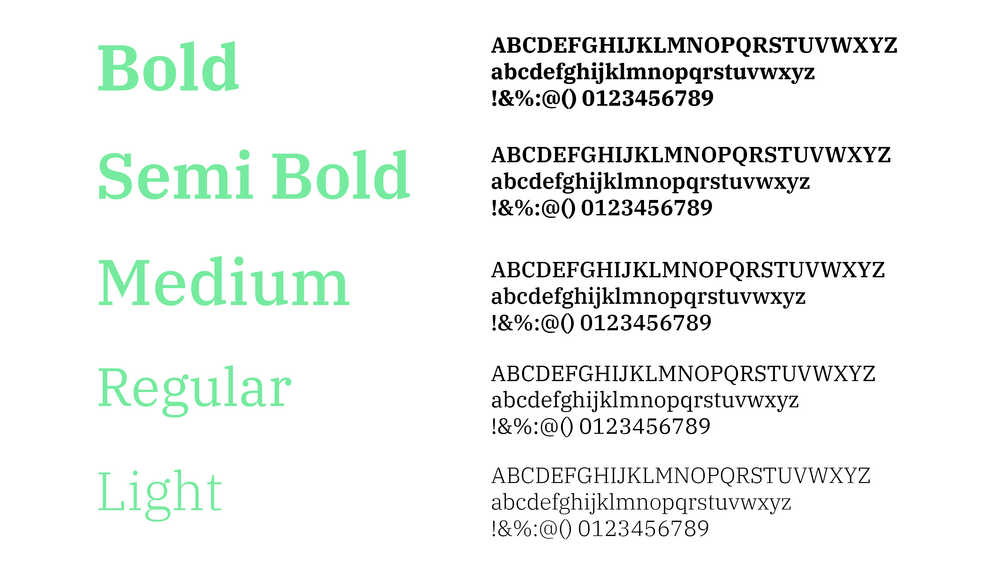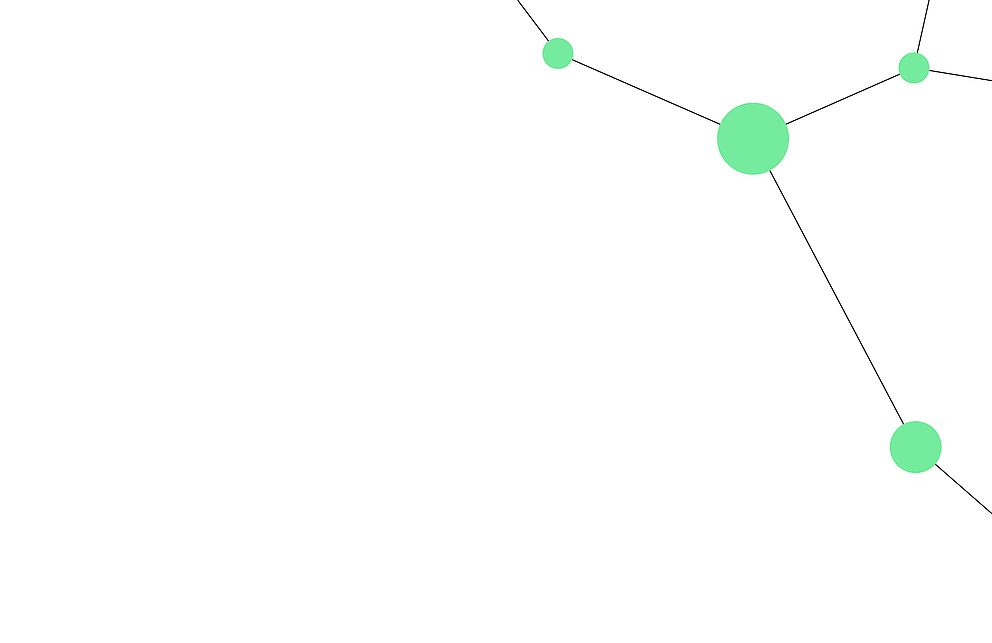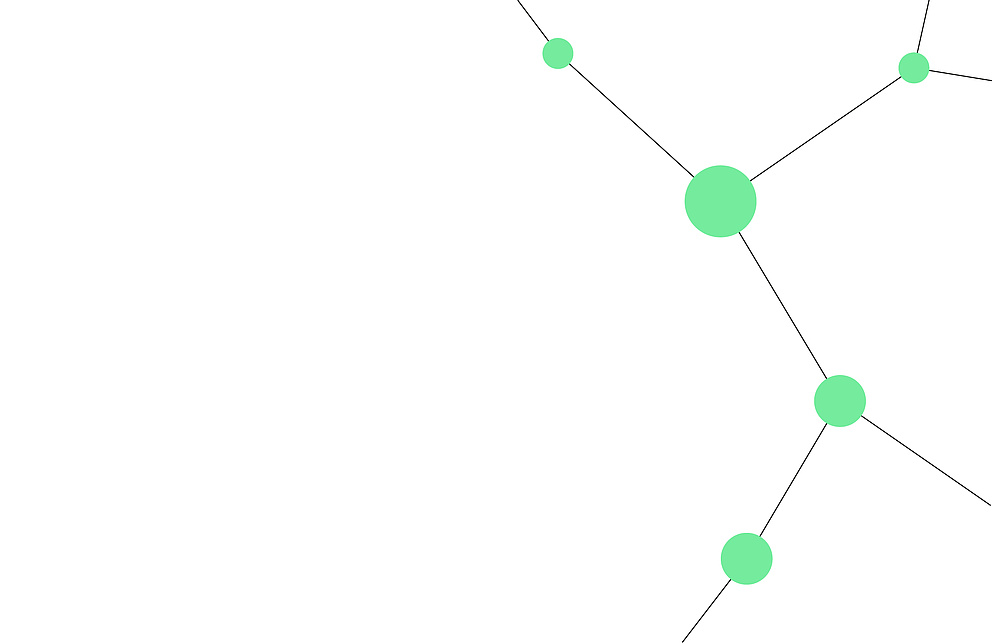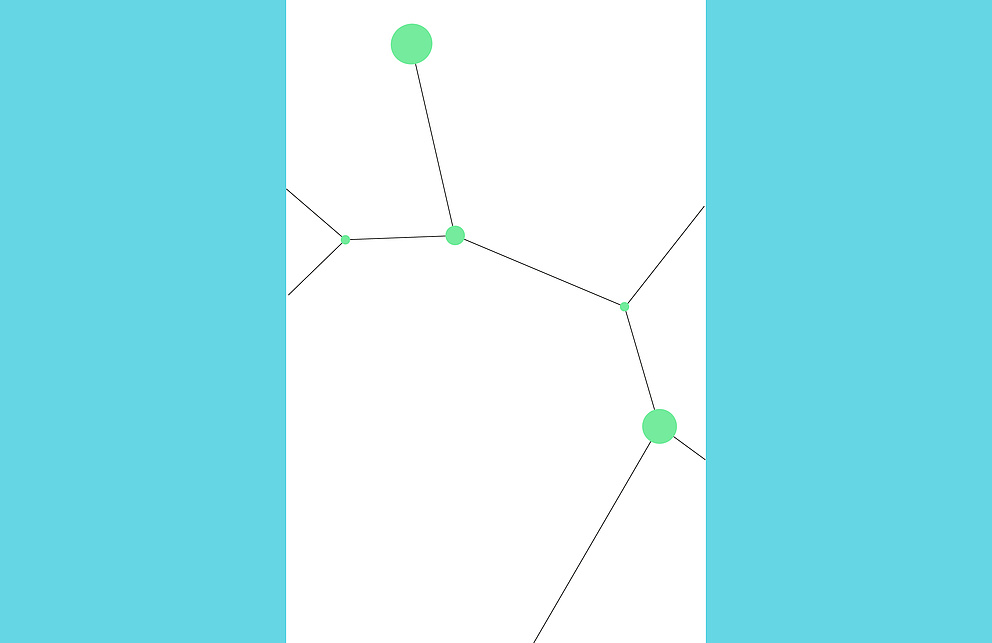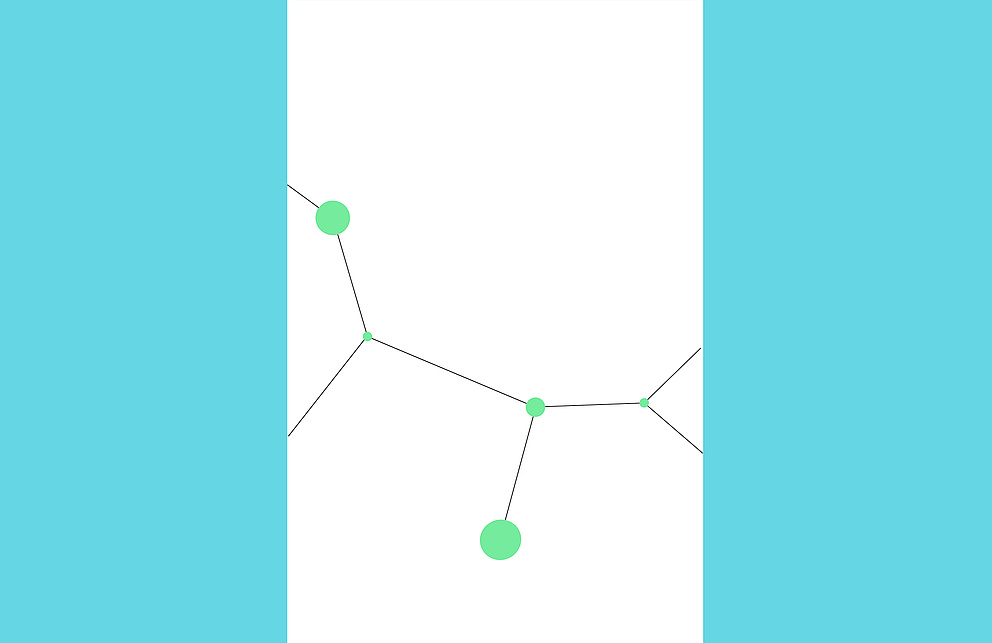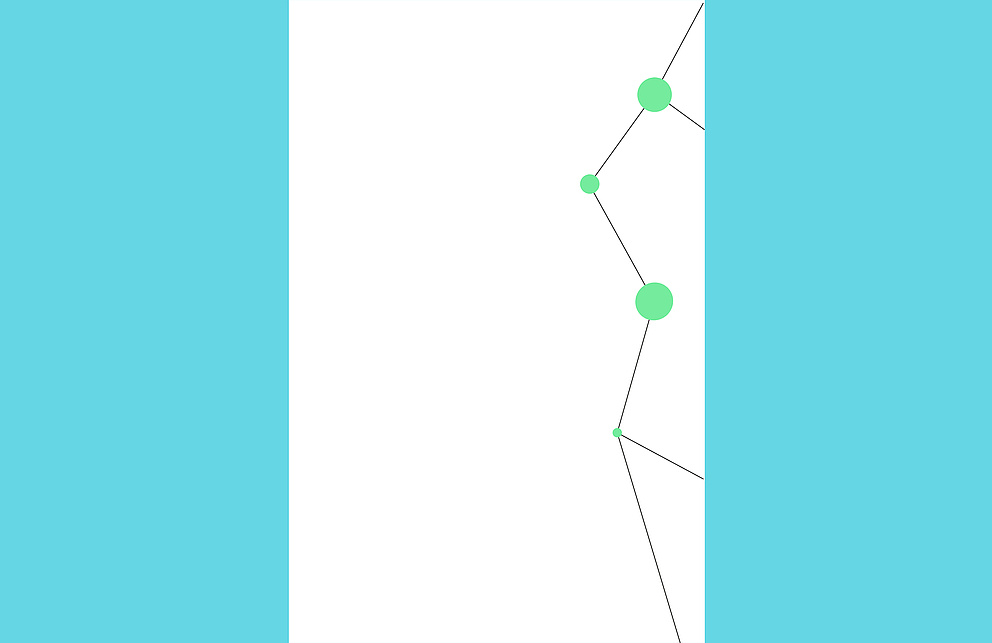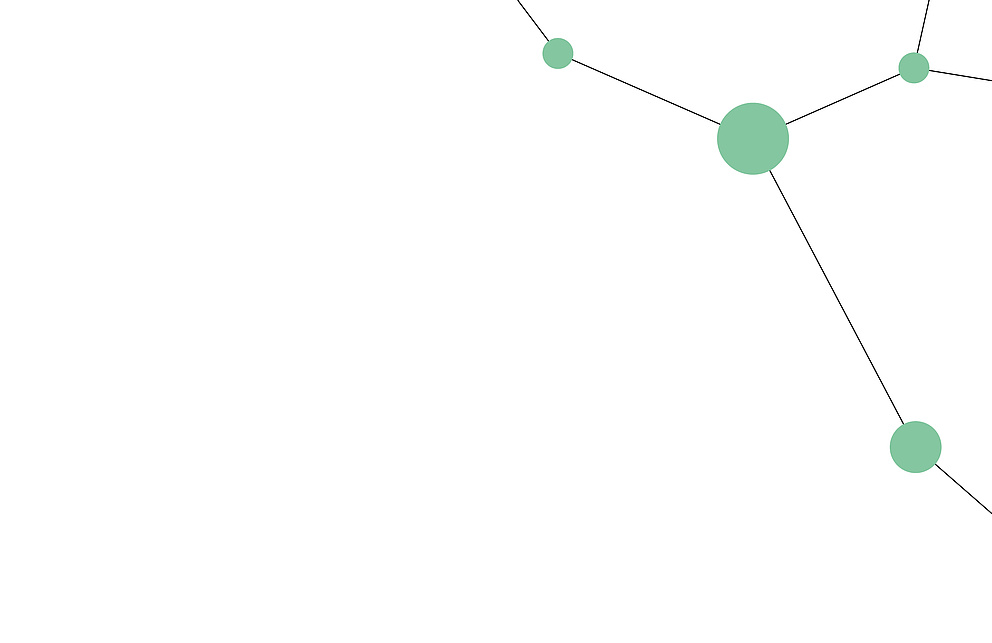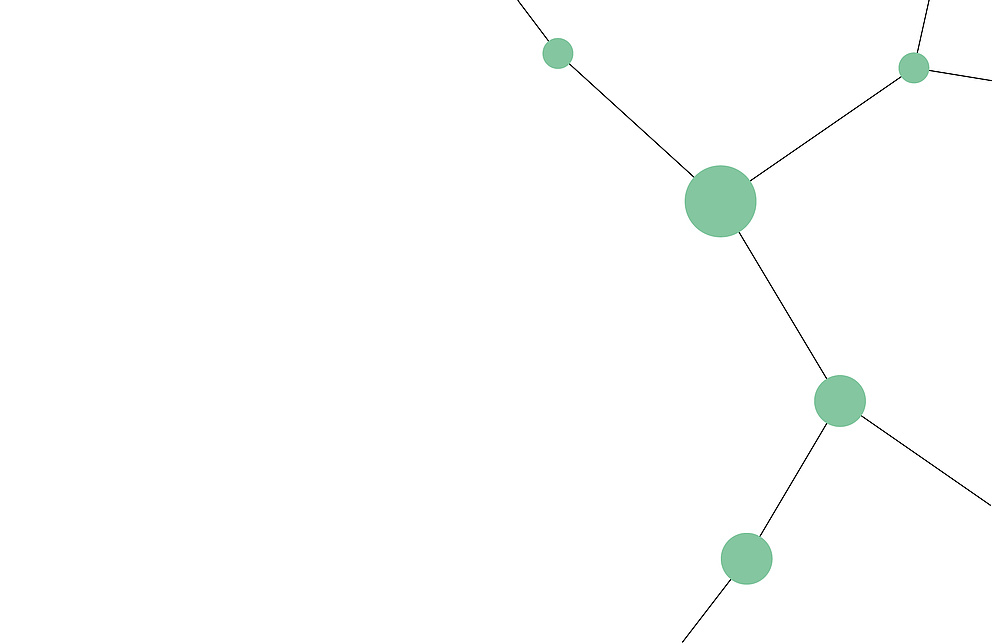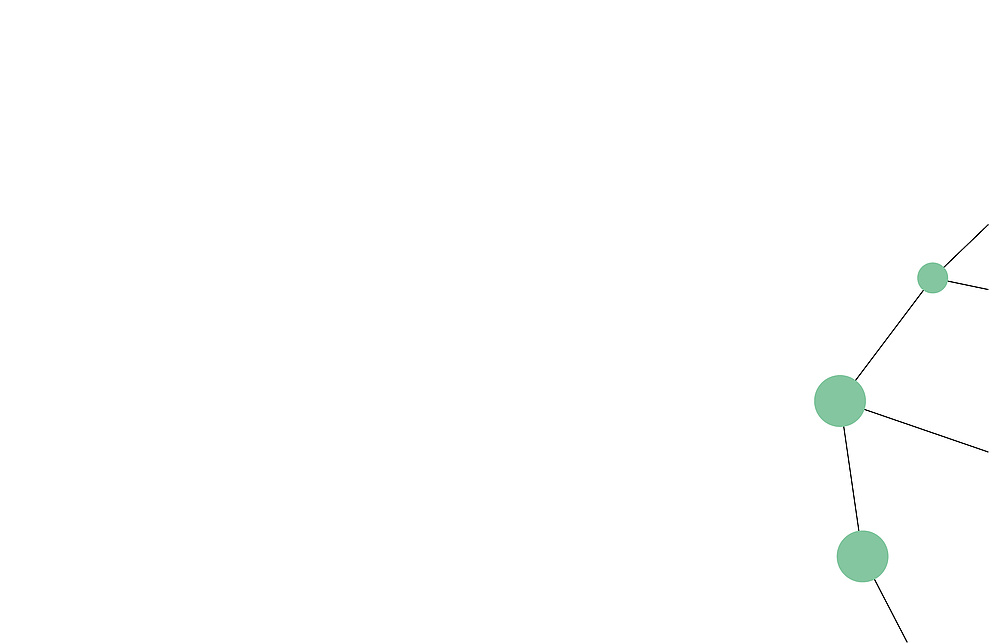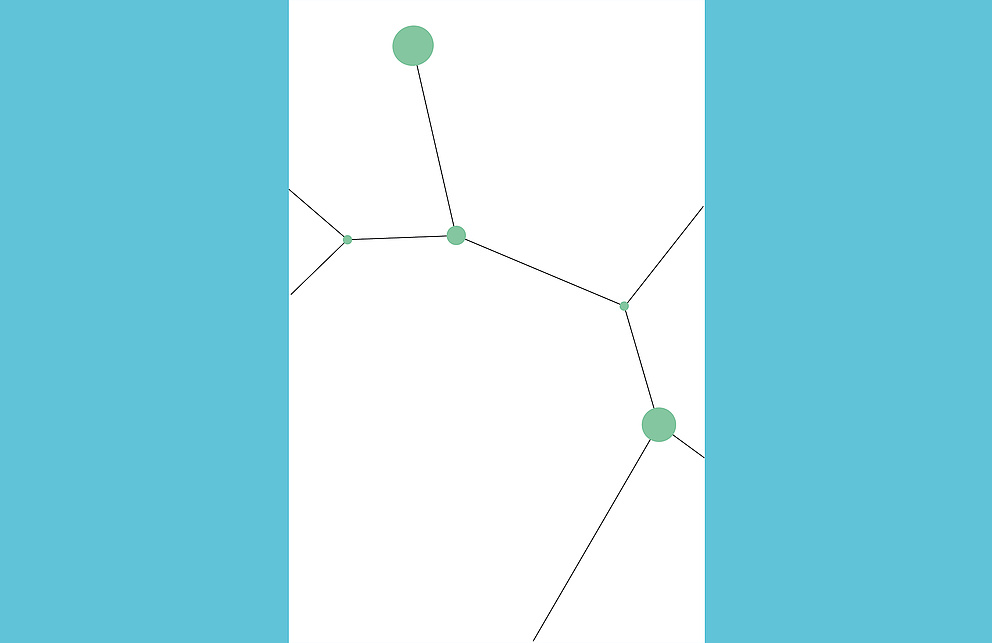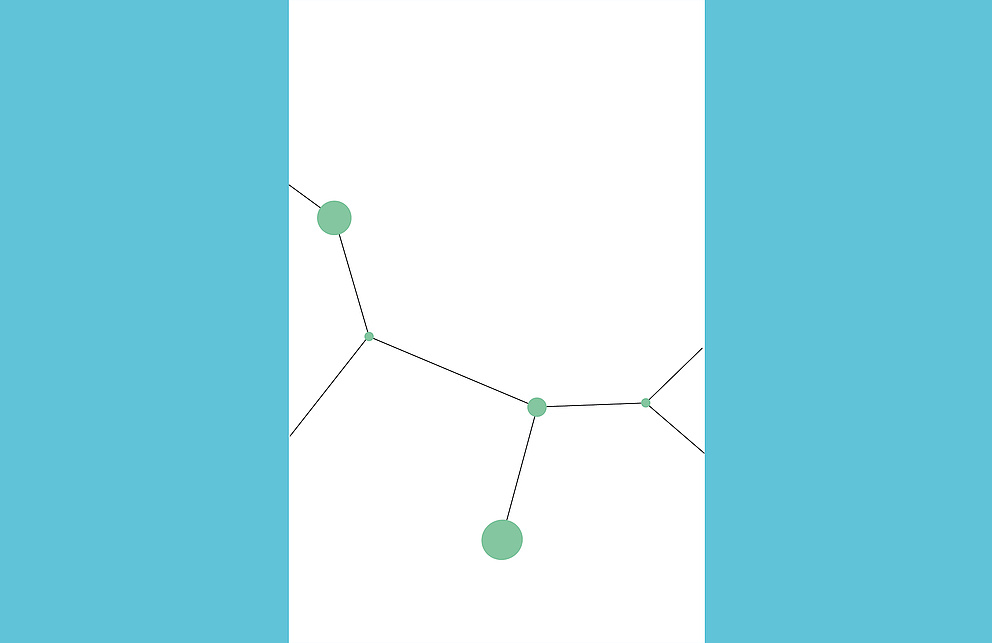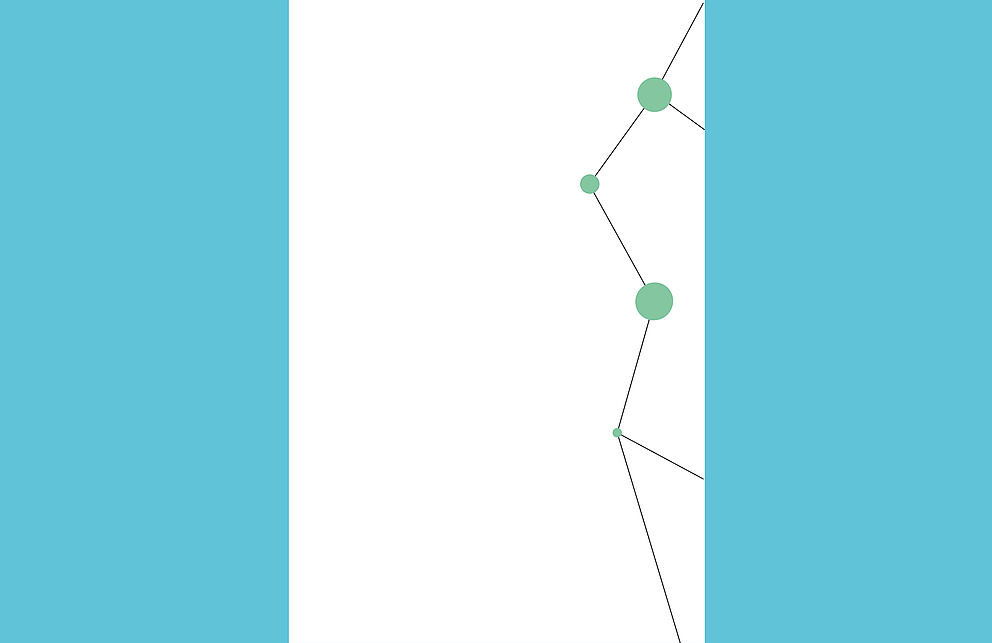Jump to the content
- {{#headlines}}
- {{title}} {{/headlines}}

If you have any questions about our corporate design or special graphic apps, please contact presse[at]avh.de.
You will find a selection of photos and videos for editorial use in our newsroom.
The Alexander von Humboldt Foundation
We sponsor scientists and scholars, irrespective of academic discipline and nationality. We reinforce Germany as a research location through international academic exchange. We support our sponsorship recipients during their entire lifetimes and actively campaign for international understanding, scientific progress and development.
We sponsor academic cooperation between excellent foreign and German researchers.
Our research fellowships and research awards enable you to come to Germany to work on a research project you have chosen yourself together with a host and collaborative partner.
If you are a scientist or scholar from Germany, you can benefit from our support to conduct a research project abroad as the guest of one of more than 30,000 Humboldtians, the Foundation’s alumnae/alumni, worldwide.
As an intermediary organisation for German foreign cultural and educational policy we promote international cultural dialogue and academic exchange.
What is important to us:
If you would like to become a member of the Humboldt Family, only one thing counts: your own excellent performance. There are no quotas, neither for individual countries, nor for specific academic disciplines. Our selection committees comprise academics from all fields of specialisation and they make independent decisions based solely on the applicant’s academic record. We support people, not projects. After all, even in times of increasing teamwork, it is the individual’s ability and dedication that are decisive for academic success.
Logo

In designing and devising the logo, we used a portrait of Alexander von Humboldt, painted by Joseph Karl Stieler in 1843, as the reference image. A silhouette/illustration of Alexander von Humboldt’s head was created based on this painting.
The Alexander von Humboldt Foundation logo is composed of both the word mark and the illustration of Alexander von Humboldt as the image mark. The logo is available in RGB, Pantone or CMYK as well as in black and white on request.
The Foundation logo must always be positioned at the edge of the upper print space. In order to facilitate the interplay between design flexibility and key visual, there are no strict rules as to whether it should be on the left or the right. You are, however, recommended, where possible, to position it in the left-hand corner of the print space. It is not explicitly forbidden to position the logo in the right-hand corner if the creative setting demands it, but this should always be the exception rather than the rule.

The Alexander von Humboldt Foundation logo is trademark protected internationally. The use of the Alexander von Humboldt Foundation logo in any kind of communication is subject to strict rules. The logo and its constituent parts are trademark protected and may not be used without prior written permission from the Foundation. The logo consists of two parts: the head of Alexander von Humboldt and the lettering. Together, these elements form the indivisible word/image mark. The logo and its constituent parts may not be copied, altered, truncated or integrated in other logos.
Colouration
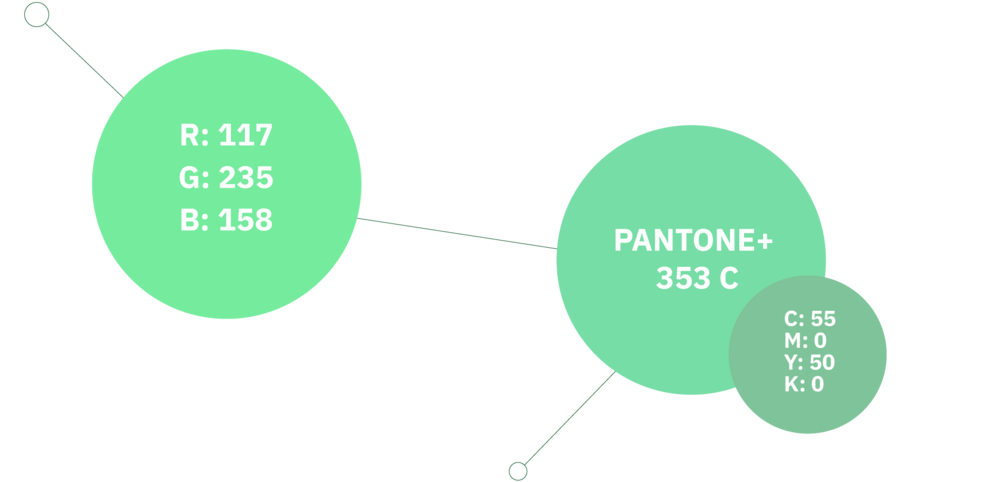
Primary colour RGB (117, 235, 158)
The colour green radiates clarity, harmony and growth. The colour also evokes an association with venturing into the unknown, as Alexander von Humboldt once did during his adventures and discoveries. The RGB variant is exclusively used for on-screen applications.
Primary colour(PANTONE+ 353 C)
The primary printing colour is used exclusively for professionally produced print products. For four-colour office printers the defined CMYK variant (55, 0, 50, 0) should be used, as printing with the RGB variant can produce distorted results.
Secondary colours
The secondary colours serve to distinguish lower hierarchy levels and to contrast with the primary colour. They are used, for example, to highlight and underscore elements in graphics and diagrams. The colours were chosen for the way they contrast with the primary colour.
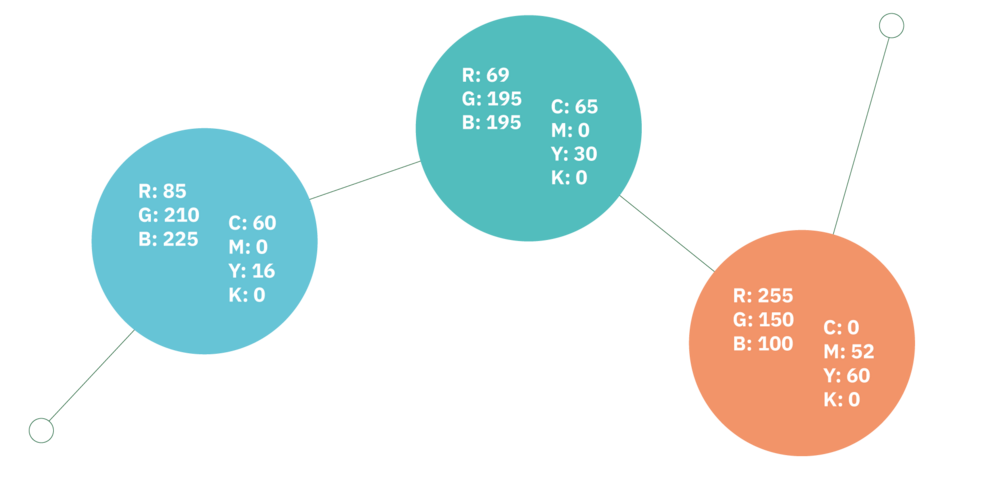
Typography
IBM Plex Sans IBM Plex Sans is a grotesque sans serif open-source font. It is used both digitally (e.g., on the Foundation’s website) and for print purposes.
IBM Plex Serif was developed to be combined with the corporate font IBM Plex Sans and accordingly forms an ideally harmonising pairing. It is used for the layout of large volumes of text (brochures, books etc.).
Design element “network”
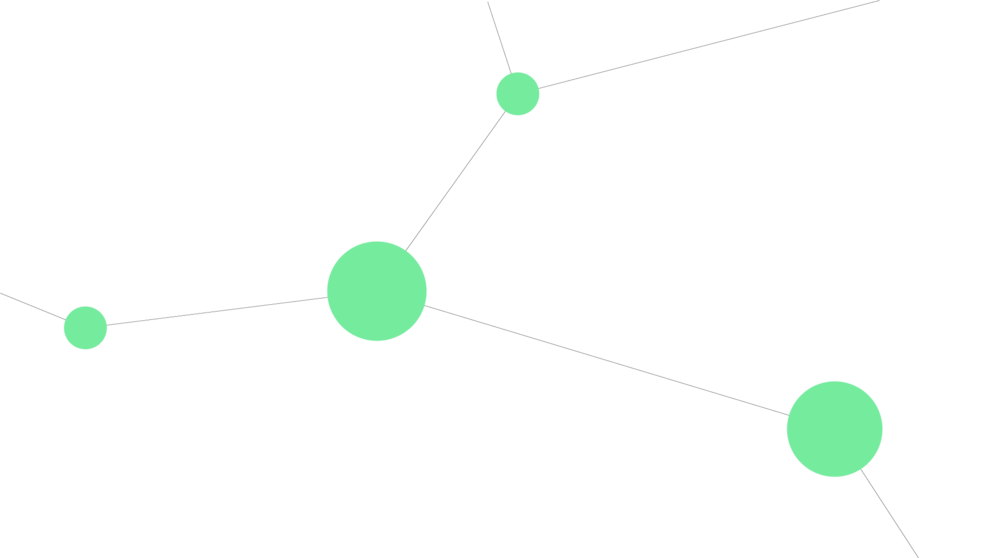
The main design element is the network which embodies the exchanges and connections created by the Foundation, the cooperation and the journey science undertakes to find answers.
In formats of DIN A6 and smaller, the network comprises fine lines with a line width of 0,25 pt and circles in the primary colour. The diameter is arbitrary, should however vary within the network.
In formats that exceed DIN A6, the line width is increased to 0,5 pt. For large special products like rollups or exhibition partitions the lines are scaled in relation to the format.
One important rule should be observed: none of the circles in the network should be larger than the circle in the Alexander von Humboldt Foundation logo. There is no rigidly defined form for the network. Every network may be composed individually for the respective purpose of the elements described.

